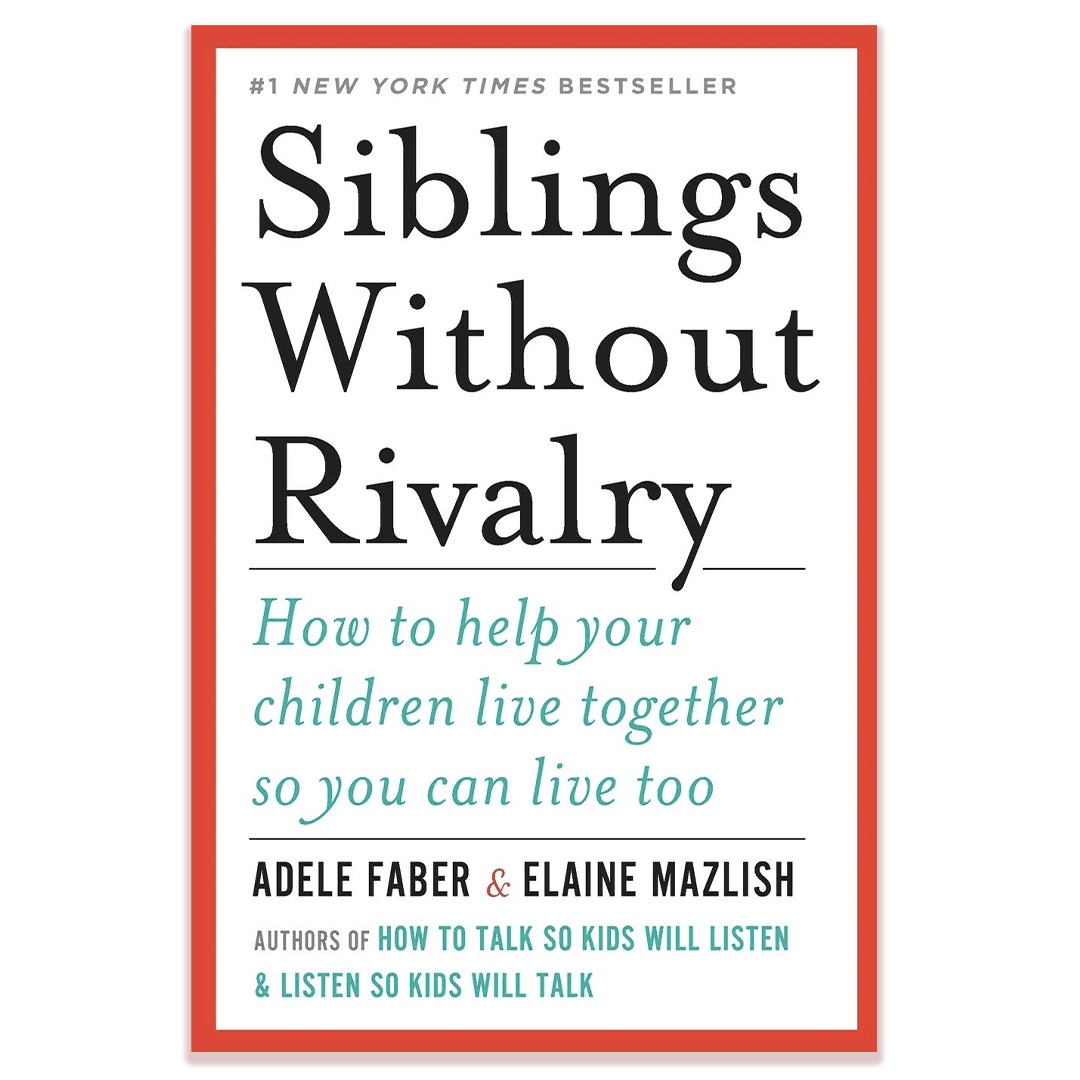
Le Cheat Sheet
What To Do When Your Kids Fight
- Written By
- Liz McDaniel
In 1987, the best-selling authors of “How To Talk So Kids Will Listen & Listen So Kids Will Talk,” Adele Faber and Elaine Mazlish turned their attention to brothers and sisters with “Siblings Without Rivalry: How To Help Your Children Live Together So You Can Live Too.” The practical, hands-on-guide combines their own experience as parents with stories from hundreds of parenting workshops they’ve conducted across the country and directive comics to help parents cope with conflict. The focus is really on empowering your children to resolve their own disagreements. As Faber and Mazlish put it, “The family is where we learn our relationship skills. And the way we relate to our children and teach them to relate to each other, even in the heat of battle, can be our permanent gift to them.”
While there is timeless and useful advice throughout the book, for this particular moment of close quarters, competing homeschool schedules and banned outside play dates, let’s just fast forward to the inevitable ”When The Kids Fight.” In this chapter, Faber and Mazlish offer detailed strategies for intervening in different levels of conflict. On one end of the spectrum, there is that mildly annoying but ultimately harmless bickering for which the advice on intervention is, well, don’t. Do your best to ignore it and tell yourself your children are learning valuable conflict resolution skills. Then there are the more extreme moments when you’re afraid somewhat might get hurt. In this case, Faber and Mazlish recommend that you describe what you’re seeing, establish firm limits and promptly separate your children. But for those all too common moments in between—when things are heating up and you feel like your children may need the guidance of a responsible adult—here is a step-by-step guide to stepping in:
Acknowledge
First things first, you should acknowledge your children’s anger, “I see you are very angry at your sister,” or “I can tell he really made you mad.” Just naming the feelings should have a calming effect.
Listen
Rather than jumping to conclusions or choosing a side, let each child share their perspective and listen with respect. This will go a long way toward validating your child’s feelings and making them feel heard, two things that will ultimately decrease resentment.
Show Appreciation
Show that you appreciate the difficulty of the problem by saying something like, “Wow, that is tough. Both of you need to use the computer right now and there is only one.”
Express Faith
Instead of offering a solution yourself, express faith in your children’s ability to work it out together.
Leave The Room
This may seem counterintuitive but try to walk away. See if your children make any progress. Of course there are instances in which you may have to return. If your children are younger or may have difficulties coming up with a solve themselves, try offering a casual suggestion on your way out, “Maybe you two could share,” and see what happens. Remember that even when intervening, you want to empower your children to resolve conflict themselves. Keep calm, carry on and good luck!